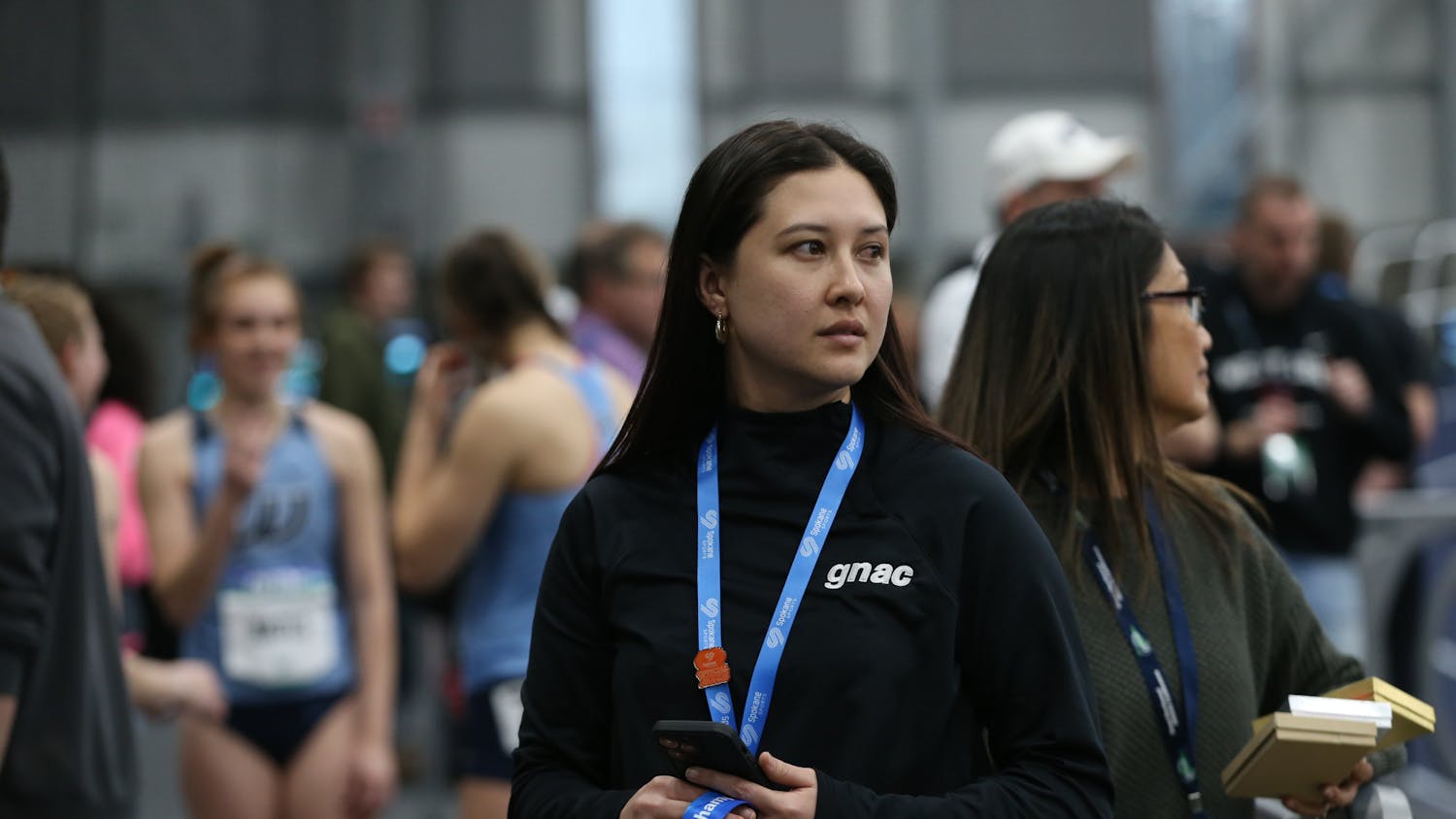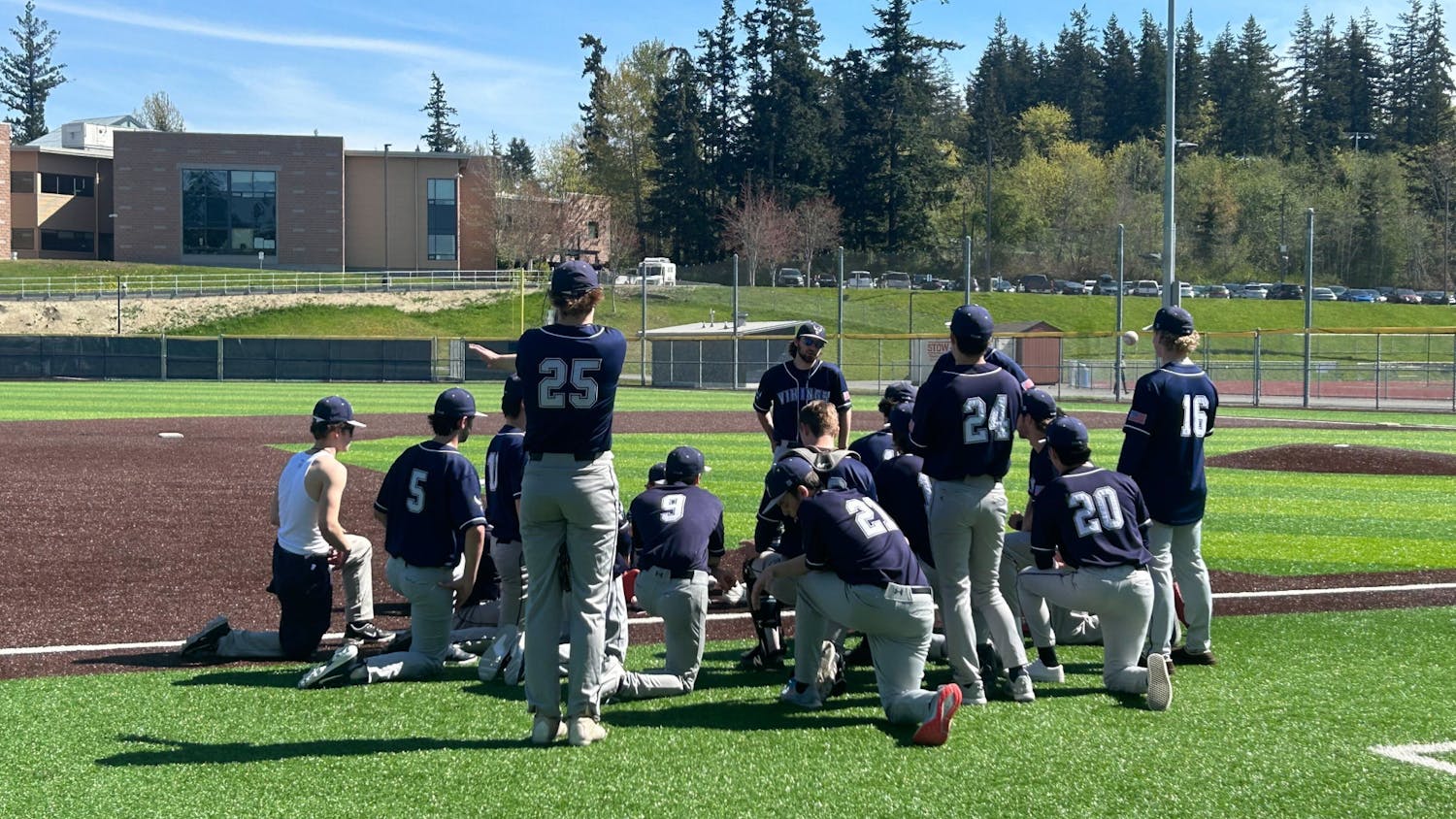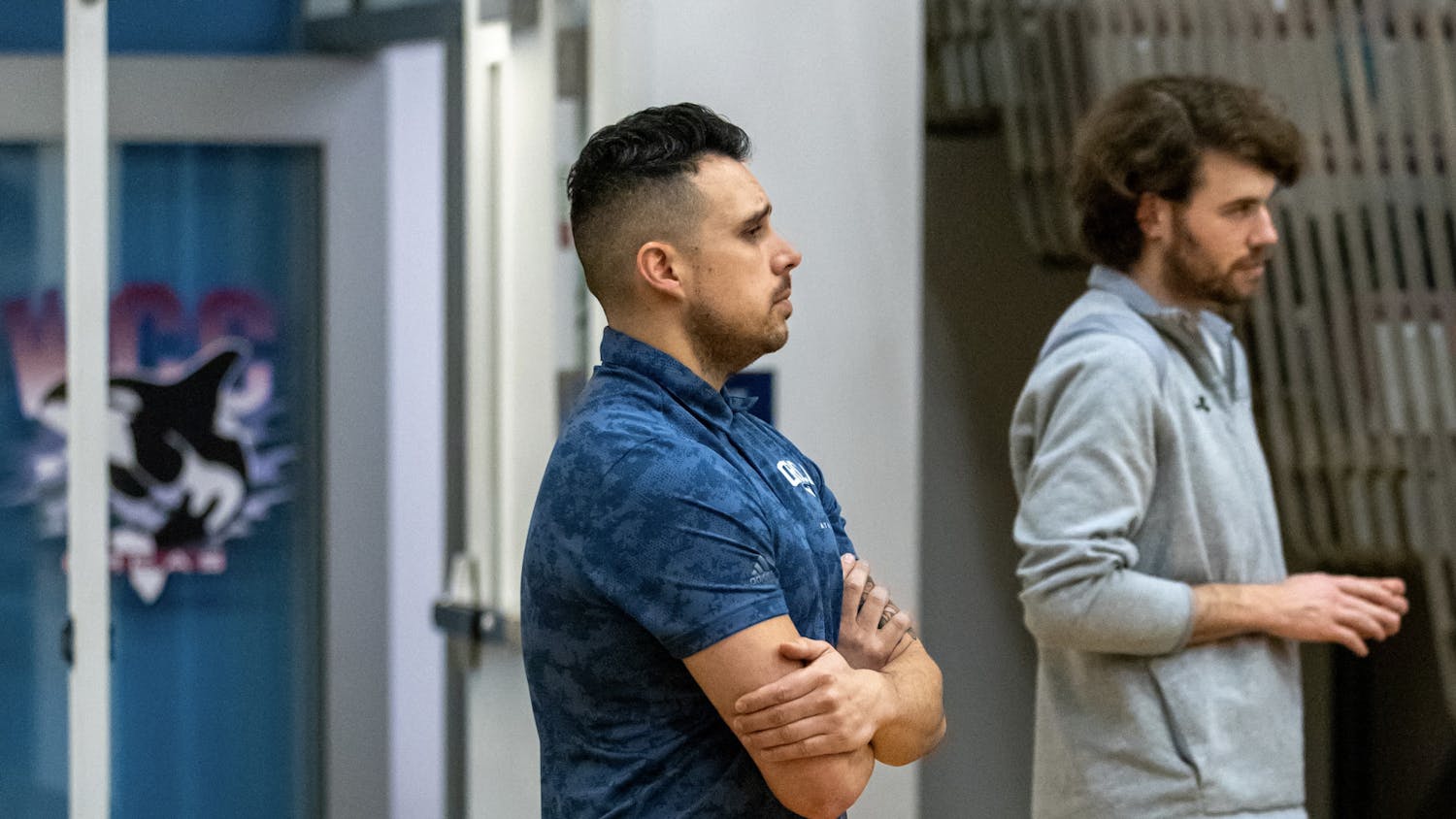By Conor Wilson What’s the biggest barrier to college sports that no one is talking about? When Western’s volleyball team took on Saint Martin’s University on Oct. 10, the PA announcer read a scripted statement that the Great Northwest Athletic Conference was celebrating “Officials’ appreciation week.” The announcement was met with expectedly meek applause from the several hundred fans in attendance. This appreciation week coincides with the newly introduced Collegiate Player-to-Ref program. A combined effort from the Division II Conference Commissioners Association and Division II Athletics Directors Association, designed to address the brewing problem of a decreasing pool of qualified officials at the NCAA Division II level that could potentially impact both college athletics and university finances. “The DII ADA board of directors understands that there is an officiating crisis and something must be done for the future of intercollegiate athletics,” Division II ADA president Chris Ratcliff said in the Collegiate P2R program release. “The DII ADA and DII CCA leadership is committed to finding a solution before it is too late. Collegiate P2R is the first step in this process.” The Collegiate P2R program will target student-athletes who finished their college playing careers with hopes of recruiting them to become officials. “The goal is simple, to encourage more graduating student-athletes to consider careers as officials by having the opportunity presented to them by a current official,” Dave Haglund, commissioner of the Great Northwest Athletic Conference, said via email. “We feel that hearing directly from someone who is serving as an official is the best way to make the case to someone who might have an interest but otherwise wouldn’t know how to go about pursuing this avocation.” A 2018 report by the NCAA titled, The Need for Greater Officiating Oversight said the growing demand for officials could lead to a rising cost for game fees, per diems, officials’ travel and more. The stress of scheduling officials could also mean more missed class time for student-athletes. “DII [and] GNAC are not in a crisis situation. There is a crisis brewing at the lower levels, which ultimately, if not reserved, will affect the intercollegiate ranks in terms of officiating,” Haglund said. “There are pockets of areas around the conference where the pools are not as deep, but we overcome that by travelling officials to those areas.” According to Haglund, a student-intern is serving as a point person from the GNAC office, executing the program conference wide. This individual is tasked with working alongside supervisors and coordinating with head coaches to schedule team meetings. According to a 2017 survey of over 17,000 officials conducted by the National Association of Sports Officials, younger people have become less involved with officiating over the last 25 years, with the average age of an official rising to 53.29 years old. Historically, the NCAA relied on third parties to develop a pool of qualified applicants, however, this was not successful in recent years according to an NCAA report. “The pool that we go from is getting smaller and smaller, and that builds at the youth levels and the high school levels, and that filters all the way up,” said Ken Koester, NASO member and editor at Referee magazine with 28 years of experience as an official. “Whether that’d be fan behavior, or someone decides I’m not going to deal with this, because the money’s not enough for the frustration or the aggravation because of sportsmanship.” Koester said one of the main things contributing to the lack of officials at the NCAA level is a decline in multi-sport officials due to an influx of club and competitive youth sports. According to Koester, with youth sports such as basketball and soccer having year-long seasons, officials can work year-round in one sport. This consequently harms the opportunities and enrollment in other sports. An NCAA report notes that although club sports provide a new point of entry for many referees, they can also be a turn-off for many new officials. Referees claim that club sports have the worst sportsmanship of any athletic level, according to a NASO survey. The toxic environment at the club level is likely due to a lack of administrative leadership that does little to hold parents, coaches and fans responsible for their behavior, according to the NCAA report. The club scene also places additional stress on recruiting for interscholastic and collegiate sports, according to the report. Club sports allow officials to work multiple games a day, often with up-front pay, and little travel. This is unlike college sports which regularly requires its officials to travel for a single game. “College sports are amazing but at the same time, if you’re an official going to a Division II game, you are giving up the entire day, maybe the day before getting into town. All of those things relate to your family, your job, vocation and ultimately officials decided is it worth it”? Koester said. “If you know you’re just going to be a Division III official or a Division II official, are they appreciated enough? I don’t know about that.” According to Koester, most referees have full-time jobs on top of their officiating work. “They’re doing this as a side job, invested in it passionately, it’s become way more than a hobby for a lot of individuals, but I don’t think that you can make a living off it,” Koester said. “Even the NFL isn’t full-time for many of their officials.” While the NCAA provides administrative, financial and educational support for nearly all areas impacting student-athletes, a 2018 NCAA report states that no substantial investment has been made in officiating. According to a 2017 NASO survey, 57.02% of referees believe that sportsmanship is getting worse. According to the same survey, 47.94% of male officials and 44.74% of female officials reported feeling unsafe or fearing for their safety while on the job. Koester said with passion and intensity for athletics at an all-time high, the number of assault related stories and calls coming into the NASO office has never been greater. “The scrutiny and the expectations are now unreasonable. Every single thing is dissected,” Koester said. “The volume is so significant, that’s what’s changed. Everyone expects perfection, they have always but they never had the tools to be able to do it. Certainly, social media makes everyone an expert.” Koester said that although new technology, such as video replay, has been beneficial in improving official’s accuracy, it has also increased fans expectations of perfection. This alongside the use of social media harassment is something Koester said officials have not previously dealt with. Although crowds at smaller sports colleges, such as Western, are not as overwhelming, according to Koester, they can still be difficult for officials. “From a personal perspective sometimes a less crowded gymnasium or field or court is harder to deal with because those who like to scream and yell standout easier,” Koester said. “That becomes a little frustrating when you hear them all game, every game and everything they’re saying. We’re supposed to ignore it — and we do — but that doesn’t mean you don’t hear it.” Koester said he believes that Division II leadership is doing a good job at addressing the issue and that student-athletes are great candidates for becoming officials. “I know [student-athletes] know the rules, because I hear them scream at me every time they think I get something wrong,” Koester said. “In reality they are probably pretty good candidates because their older, they’ve established themselves in their lives, and they have a passion for their sport.” Koester said he is also hopeful that the work done by the Collegiate P2R program will decrease some of the negative misconceptions about officiating. “Anything we can do to help humanize [officiating] and maybe decrease the level of passion and intensity and negative sporting behavior incidents that we’re seeing, that’s a positive,” Koester said.





